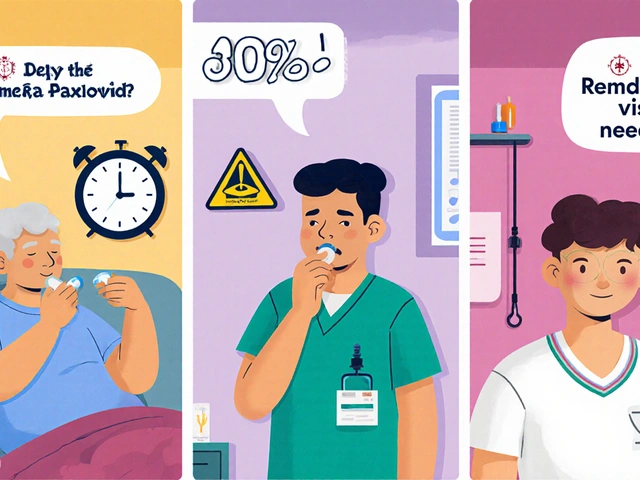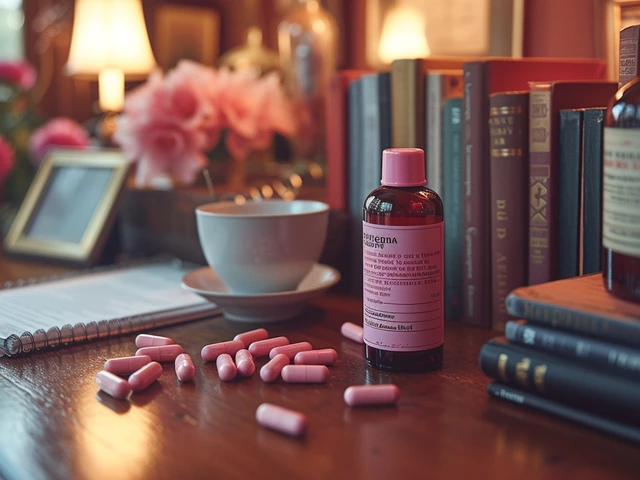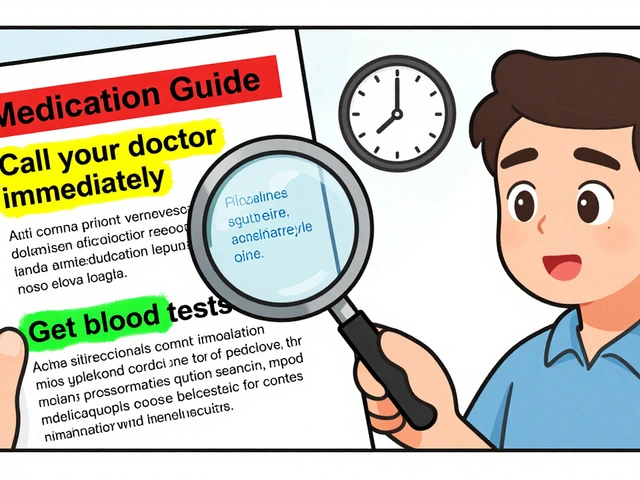Hydrea Uses, Side Effects, and Real Patient Experiences
Clear answers about Hydrea—what it is, why doctors use it, what to expect, and critical patient tips for dealing with side effects or therapy changes.
If you’ve heard of Hydrea, you’re probably wondering what it does and whether it’s right for you. Hydrea is the brand name for hydroxyurea, a pill used mainly for certain cancers and sickle‑cell disease. It works by slowing down cell growth, which can help control tumors or reduce painful sickle‑cell crises. Most people take it once a day, but exact dosing depends on your condition, weight, and how your doctor monitors blood counts.
Doctors often turn to Hydrea for chronic myelogenous leukemia (CML), polycythemia vera, and severe sickle‑cell cases. In cancer treatment, it can shrink tumors or keep them from spreading while you’re on other therapies. For sickle‑cell patients, the drug reduces the number of painful attacks by increasing fetal hemoglobin, which helps red blood cells stay flexible.
Because Hydrea affects bone marrow, doctors will run regular blood tests to make sure your white and red cell counts stay in a safe range. If numbers drop too low, they may adjust the dose or pause treatment for a while.
The most common side effects include nausea, loss of appetite, and mild hair thinning. Some people feel fatigue or get occasional fevers—signs that your blood counts need checking. Less frequent but serious issues can be skin ulcers or lung problems; if you notice persistent coughing or shortness of breath, call your doctor right away.
Staying hydrated, eating small balanced meals, and avoiding alcohol can ease many of these symptoms. Always tell your healthcare team about any other meds you’re using, because Hydrea can interact with antibiotics, antiretrovirals, and some over‑the‑counter pain relievers.
When it comes to buying Hydrea online, the biggest rule is to use a certified pharmacy that requires a prescription. Look for sites that show a licensed pharmacist’s contact info, clear pricing, and secure checkout. Avoid any store that promises “no prescription needed” or offers wildly discounted prices—those are usually scams.
On CanShipMeds you’ll find articles that walk you through checking pharmacy credentials, understanding shipping options, and spotting red flags on drug‑sale websites. Use our guides to compare prices, read user experiences, and learn how to store Hydrea safely once it arrives.
Bottom line: Hydrea can be a life‑changing medication when used correctly, but it needs careful monitoring. Keep your appointments, track any side effects, and rely on trustworthy sources for purchasing advice. With the right info, you’ll feel more confident handling your treatment and staying healthy.
Clear answers about Hydrea—what it is, why doctors use it, what to expect, and critical patient tips for dealing with side effects or therapy changes.

Discover 9 effective alternatives to Isotroin for acne treatment. From hormonal to bacterial acne, these options cater to different needs and skin types. Learn about each alternative's benefits and drawbacks to make an informed decision on the best acne solution for you. This comprehensive guide includes both over-the-counter and prescription options to help fight acne effectively.

Compare Movfor (molnupiravir) with Paxlovid, Remdesivir, and other COVID-19 antivirals to understand effectiveness, side effects, cost, and who should take what. Make an informed choice based on your health and meds.

Exploring the realms of enhancing sexual health with Super Kamagra can unfold new horizons for many. This article delves into the specifics of Super Kamagra, a unique combination of Sildenafil and Dapoxetine, outlining its benefits, recommended dosages, and potential side effects. Whether procuring Super Kamagra for personal use or understanding its mechanism, readers will find an insightful guide enriched with practical advice to navigate its consumption safely. Detailed, objective, and infused with real-life tips, this piece aims to educate individuals looking to improve their sexual wellbeing through informed choices.

Learn how to read FDA Medication Guides to spot serious drug risks and critical monitoring steps. Stop guessing - use plain-language warnings, blood test schedules, and emergency signs to stay safe.

A detailed comparison of Glyset (miglitol) with other diabetes meds, covering pros, cons, costs, side effects, and how to pick the best alternative for your needs.
